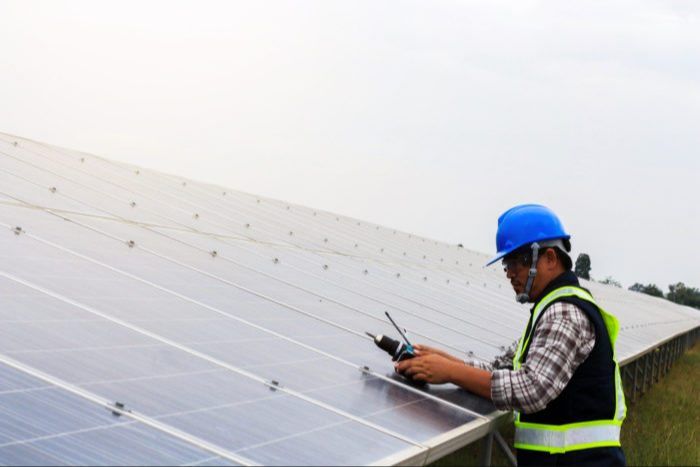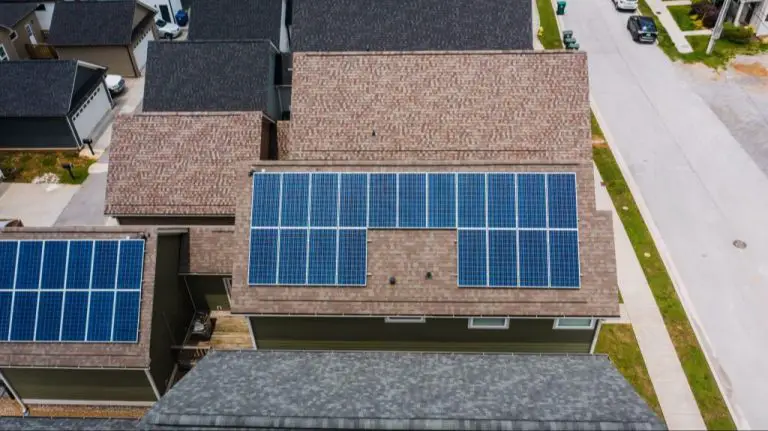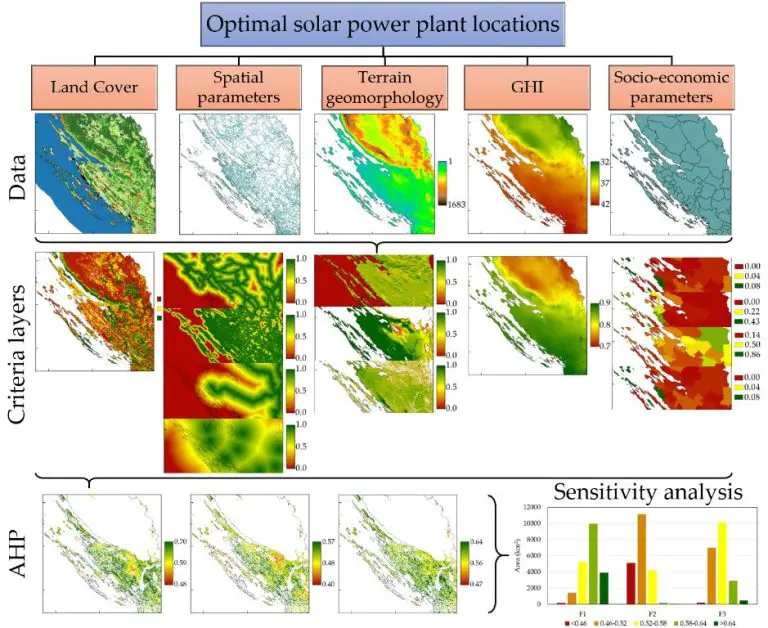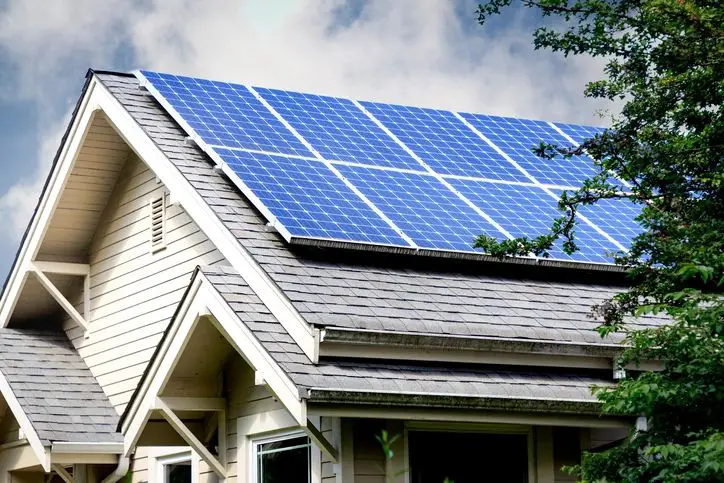How Did Solar Energy Start?
Early Research into Solar Energy
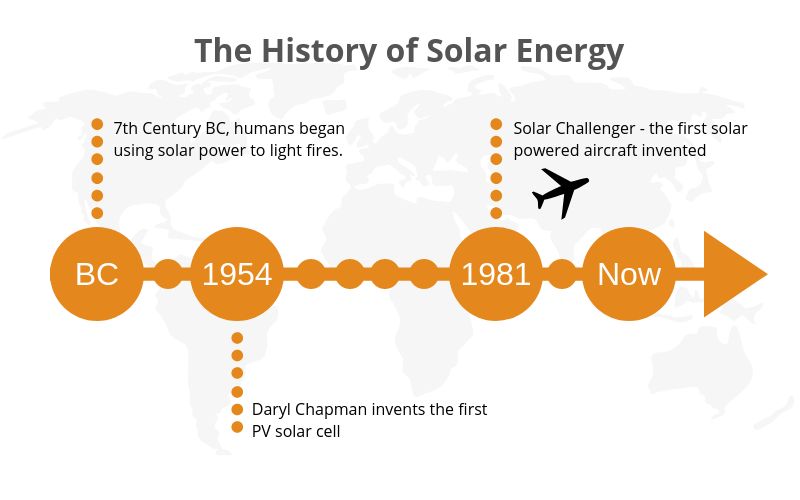
The concept of harnessing energy from the sun dates back centuries. As early as the 7th century BC, people used magnifying glasses to concentrate the sun’s rays to make fire. In the 3rd century BC, the Greeks and Romans oriented buildings to capture sunlight and provide heating. Simple passive solar water heaters were used in Greece around 200 BC.
In the 18th century, Swiss scientist Horace de Saussure built the first solar collector, which was later used to heat water and cook food. The 19th century saw more active research into solar energy. In 1839, French physicist Edmond Becquerel discovered the photovoltaic effect while experimenting with electrodes in a conductive solution exposed to light. This laid the groundwork for converting sunlight directly into electricity.
Throughout the late 19th century, inventors created solar-powered engines and machines. In 1873, Willoughby Smith discovered the photoconductivity of selenium, paving the way for early light sensors and solar panels. Meanwhile, Auguste Mouchout pioneered solar-powered steam engines, while John Ericsson built the first solar-powered motor. By the early 20th century, solar-powered water heaters were commercially available in the U.S. and abroad.
Discovery of Photovoltaics
The discovery of the photovoltaic effect dates back to 1839 when French physicist Alexandre Edmond Becquerel first observed that some materials would produce small amounts of electric current when exposed to light. Becquerel conducted experiments using an electrode immersed in electrolyte solution and covered with silver chloride or platinum. When exposed to light, the setup generated voltage and current. This phenomenon became known as the photovoltaic effect.
In 1883, American inventor Charles Fritts created the first solar cells made of selenium wafers coated with an extremely thin layer of gold. These early solar cells, known as selenium photocells, converted less than 1% of the absorbed light into electricity due to the properties of selenium [1]. However, Fritts had demonstrated the first working solar cells, proving the concept that sunlight could be converted directly into electricity.
While the efficiencies of these early solar cells were far too low for practical use, the groundwork was laid for future improvements in photovoltaic technology.
Space Race Drives Solar Panel Development
The space race between the United States and Soviet Union in the 1950s and 1960s drove major advancements in solar technology. Satellites and spacecraft needed a reliable source of power, but could not use large, heavy batteries. This led to intensive research into lightweight yet efficient solar panels. According to Wikipedia, “Solar panels need to have a lot of surface area that can be pointed towards the Sun as the spacecraft moves. More exposed surface area means more electricity can be generated” (https://en.wikipedia.org/wiki/Solar_panels_on_spacecraft). The space race created a major market for solar innovation.
Oil Crisis Sparks Renewed Interest
The oil crisis of the 1970s was a major turning point that sparked renewed interest in solar and other renewable energy sources. In 1973, Arab members of OPEC imposed an oil embargo on the United States and other countries that supported Israel, leading to substantial oil shortages and price increases ( History.com ). Gas prices quadrupled, resulting in long lines at gas stations and rationing ( Wikipedia ).
The 1970s energy crisis demonstrated the dangers of relying predominantly on finite fossil fuels that were largely imported. As a result, there was increased political and public support for pursuing energy independence through domestic renewable sources like solar. The oil shocks drove more funding into solar research and helped kickstart the modern renewable energy industry ( Rapid Transition ).
Improving Efficiency and Reducing Costs
As solar technology advanced, researchers focused on improving efficiency and reducing costs. New materials like silicon offered advantages over earlier solar panel designs. According to Architectural Digest, silicon solar panels in the 1970s cost over $70 per watt. But by 2024, costs dropped below $1 per watt.
More efficient manufacturing techniques also drove down prices. Polycrystalline silicon production allowed manufacturers to create solar cells more cheaply. Thin film solar panels further reduced material costs by using a fraction of the silicon of traditional panels, according to Forbes. These innovations made solar energy more affordable and accessible.
Tax Credits and Incentives
Several tax credits and incentives at the federal and state levels helped solar energy gain broader adoption. The federal government has offered a tax credit since 2006, covering 30% of the cost of residential solar installations. This credit applies to both owned and leased solar systems, and there is no cap on its value. The tax credit has helped reduce the payback period for solar installations. There are also state-level incentives such as rebates and property tax exemptions that further improve the economics of going solar.
These subsidies make solar power more affordable and accessible for homeowners and businesses. According to one analysis, the federal tax credit has contributed to an over 600-fold increase in solar deployment since it was implemented.
Solar Hits the Mainstream
In the early 2000s, solar started to gain mainstream popularity as advancements in technology brought down costs and improved efficiency. Two key developments drove wider adoption of rooftop solar panels for homes and businesses: better storage solutions and net metering policies.
Previously, one of the main limitations of solar was the inability to store excess energy produced during the day for use at night. Better storage technologies like lithium-ion batteries allowed solar panel owners to store solar energy for use anytime. Now excess energy could be used after sunset instead of being wasted.
Net metering policies also made rooftop solar more appealing for homeowners and businesses. Net metering allows solar panel owners to get credit for excess energy they feed back into the grid. As explained by Wikipedia, this enabled customers to effectively use the grid as a battery. With net metering, any excess solar energy produced could be credited against energy drawn from the grid at night. This made solar power generation more cost-effective.
Thanks to these improvements, solar started gaining widespread adoption. Panels were installed on rooftops across America, with solar hitting the mainstream consciousness.
Large-Scale Solar Farms
As solar technology improved and costs declined, utilities and energy companies began building massive utility-scale solar projects to feed power into the grid. Some key milestones in the rise of large-scale solar farms include:
In 2007, the first solar farm over 10 megawatts opened in Portugal, called the Serpa Solar Park (source). This demonstrated solar could work at a large scale.
In 2009, Sarnia Solar Project in Canada opened as the largest photovoltaic plant at the time at 80 megawatts (source).
In 2012, the Topaz Solar Farm opened in California with a capacity of 550 megawatts, taking the title of the world’s largest photovoltaic power station (source).
By the mid 2010s, solar farms over 1 gigawatt in capacity started coming online, including Longyangxia Dam Solar Park in China and Kurnool Ultra Mega Solar Park in India.
Today, solar farms in the hundreds of megawatts are commonplace across the globe. Some of the largest include Bhadla Solar Park in India at 2.245 gigawatts and Benban Solar Park in Egypt at 1.465 gigawatts (source).
Solar Today
As of late 2022, solar capacity in the United States exceeded 135,700 megawatts (MW), which is enough to power 24 million homes (MarketWatch). This represents massive growth, as total solar capacity stood at just 10,600 MW in 2011 (SEIA). The Solar Energy Industries Association (SEIA) projects total solar capacity to more than double over the next 5 years, reaching 333,000 MW by 2027 (SEIA).
Solar currently accounts for about 4% of total U.S. electricity generation. However, the U.S. Energy Information Administration projects solar growth will accelerate, with solar capacity additions accounting for over 50% of new power generation capacity added each year from 2022 onward (EIA). This ongoing rapid growth demonstrates that solar has hit the mainstream as an affordable, abundant, and renewable energy source.
The Future of Solar
Solar energy is expected to continue its rapid growth in the coming decades. According to projections from the International Energy Agency (IEA), solar photovoltaic capacity could grow from 740 GW in 2020 to over 8,500 GW in 2040 under their Accelerated Case scenario [1]. This is over 11 times more installed capacity than today. Other projections estimate solar will provide 20-50% of global electricity by 2050.
One reason for solar’s bright future is that prices continue to fall dramatically. The cost of solar panels has dropped over 90% in the last 40 years. As solar technology improves and scale increases, costs are projected to fall a further 40-70% by 2030 according to an MIT study [2]. This makes solar ever more competitive with fossil fuels.
Solar’s growth will also be driven by supportive government policies like renewable energy mandates, carbon pricing, and incentives that recognize its environmental benefits. With climate change accelerating, more countries are likely to promote solar energy development.
Advances in energy storage and smart grid technology will enable higher levels of solar penetration. New solar materials and applications in sectors like electric vehicles will expand the addressable market.
In summary, solar power is poised for exponential growth in the coming decades, with projections that it will become one of the main pillars of the global energy system.

